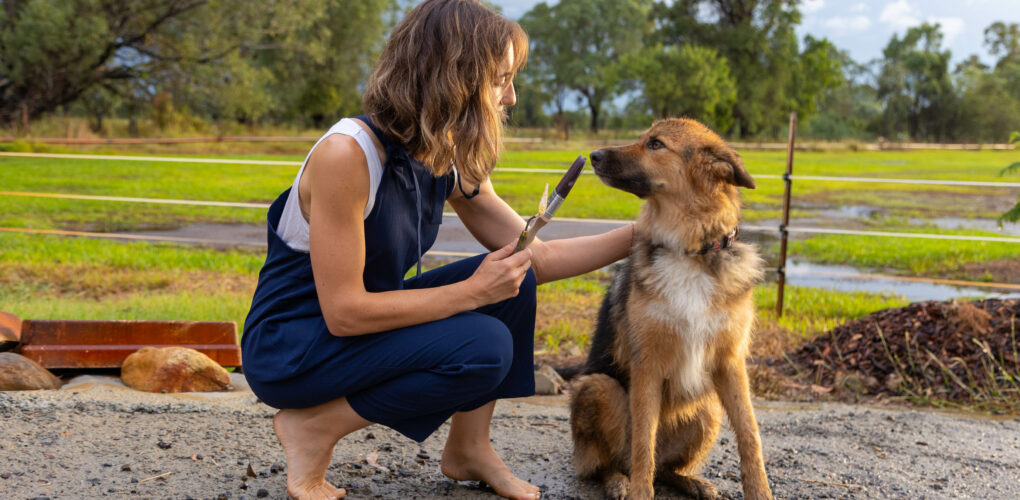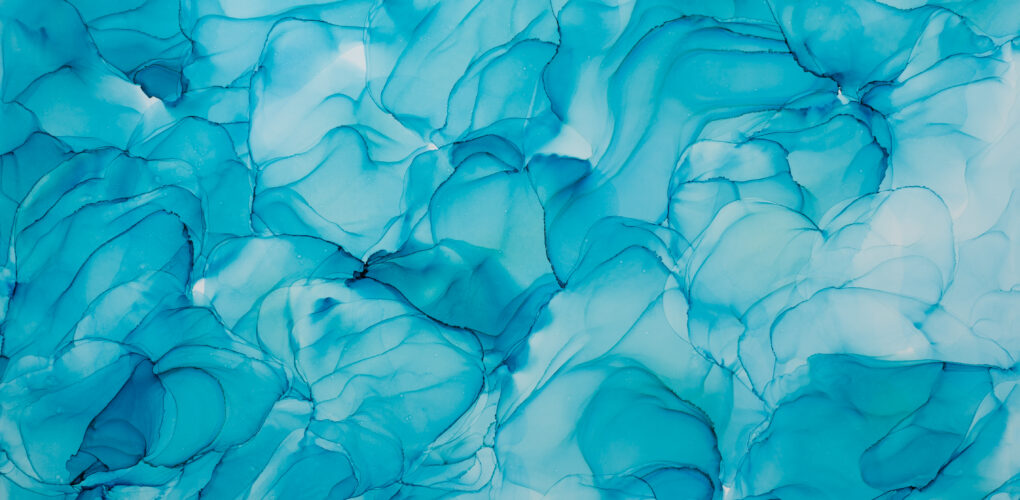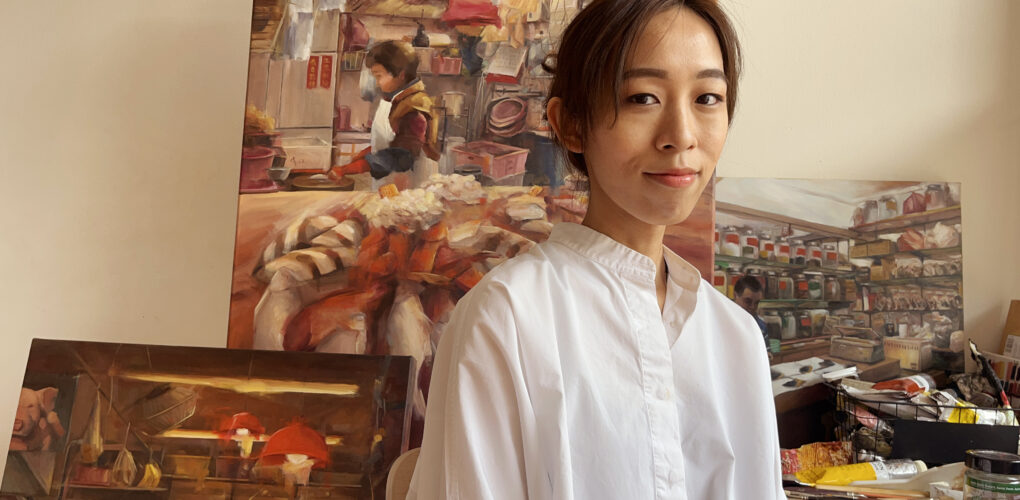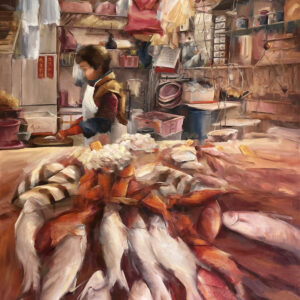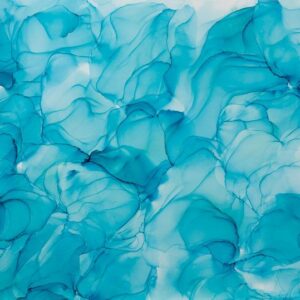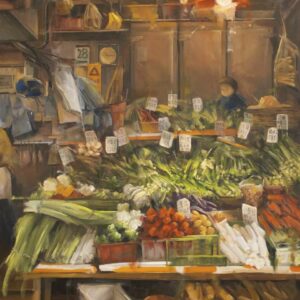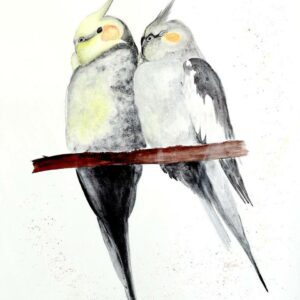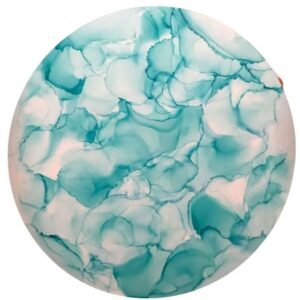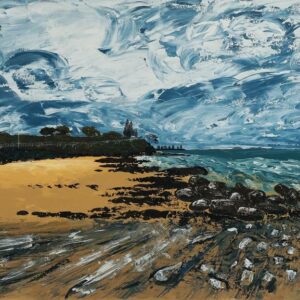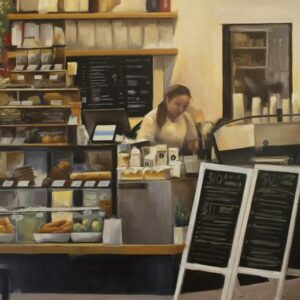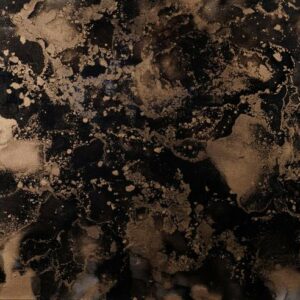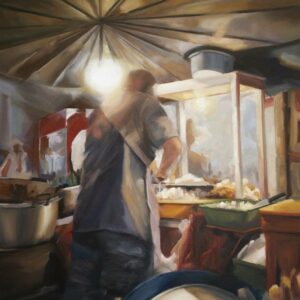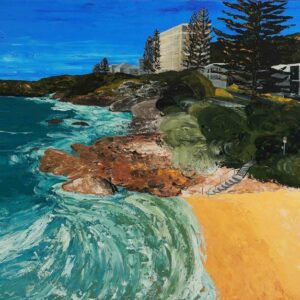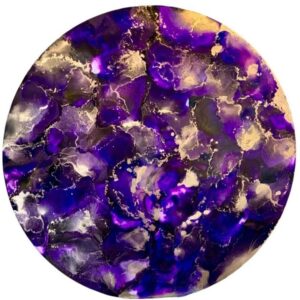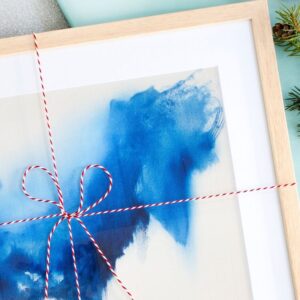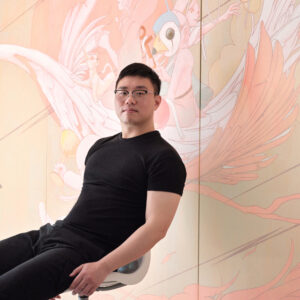The Other Art Fair
 Beyond Decoration: The Transformative Power of Art
Beyond Decoration: The Transformative Power of Art
Today, let’s look at three artists joining us May 11 – 14, at the Sydney Edition of The Other Art Fair, who have transformed their relationship with the world, through their art-making.
In 1837, the Daguerreotype (the precursor to the modern camera) was invented, and suddenly it was a lot easier, relative to painting, to capture someone’s likeness. In response, artists pivoted away from realism and started to capture things they felt the photograph couldn’t. The Impressionists’ famously expressive brushstrokes captured the same places over and over, transformed by the passage of time, and later the Fauvists took it even further, using bold, vivid colors to elicit emotive responses. These works captured moments, and allowed us to spend time in them — rather than how something looked, we could suddenly see how something felt.
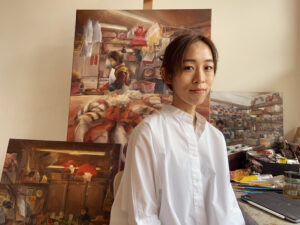
It’s actually the idea of the captured moment that I love in Heidi Lai’s work. Heidi’s work is grounded in modern city life – bustling, crowded spaces where life is fast and loud. Despite this, the paintings themselves are serene, as if for a moment, the world just… slowed down. Her work is expressive, and although we know the painting has captured the moment forever, there’s still a feeling in the brushstrokes that it might just speed back up at any moment, and then it would be gone. While you’ve been given a chance to take in a scene that ordinarily you’d have overlooked, there’s still a lingering feeling that it if you look away, the bustle will start up again and you’ll have lost your chance.
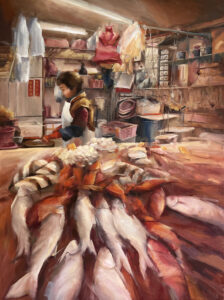
“As an artist, I try to remind people of what really matters through my paintings. I focus on our interactions with the world around us, including our relationships with other humans, animals, and our communities. By highlighting the beauty of these connections, I hope to encourage people to step back from their screens and appreciate the richness of life outside of the digital realm.”
Heidi Lai
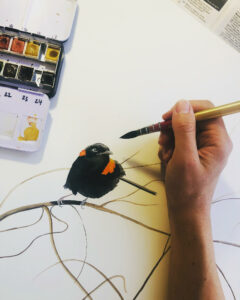
Heidi’s work helps us look outward, to connect with our emotions and experience of life. Elizabeth Kate Cooper’s art also looks outward, but through a very different lens. Elizabeth’s art career started after she lost her baby daughter, Anna. In a time of grief, she used art as a way to focus on the beauty around her, as a guide to help her express her emotions. “I believe art really is a God-given gift to bring so much healing,” she said. “I so value the opportunity to bring joy and peace.” Elizabeth paints that which might be familiar to us — a native bird, or a local place — and asks us to look again, and a little longer. It asks us to discover moments to connect with flora and fauna, and in doing so also ourselves.
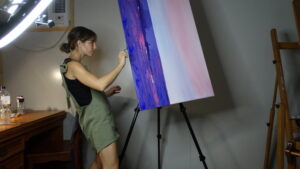
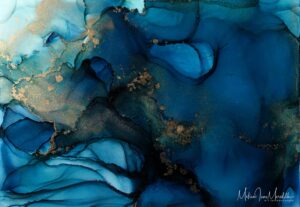
Melica Meredith’s journey also started from that strangely common combination of grief and joy. One of her twin sons, Dillon, died of bowel cancer at just 30 years old, and in the lead up to his passing, Dillon had recalled one of his fondest memories of her — lost in painting, brushes in her hair, singing to herself. Seeing herself through his eyes inspired her to find that version of herself again.
“As one life slipped away, and another journey started. I chose an abstract medium that night after some ‘internet curiosity’ to represent life through movement, clarity, and expression. Each piece captures the spirit of my son’s journey through his life, from his birth to his passing.”
![]()
![]()
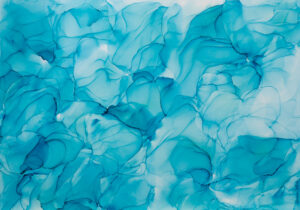
The way the inks interact is reminiscent of movement through life — the pigments mix, creating new colours, impossible to predict the shapes that will be created as they collide with each other, reverberating outwards. It’s easy to imagine that they might extend off the page, endlessly. Like the Fauvists, the colours can elicit all sorts of emotional responses, and your reaction really depends on how you’ve moved through the world so far.
These three artists, each with their own unique story and style seeking to capture the fleeting moments of life and transform them into something timeless, something to be experienced and enjoyed long after the moment has passed. Their work reminds us of the beauty, joy and connection that can be found even in the midst of grief or busyness and encourages us to slow down and appreciate the world around us, one brushstroke at a time.
